Well it’s nice to see you guys again! This is the second article of birdwatching in Cipaganti. Today as promised, I will tell you about the birds that live in and around the coffee plantation. Honestly there’s a lot of species, so I will break it down for you from what they do and contribute to the plantation. Prepare for some serious awesomeness!!
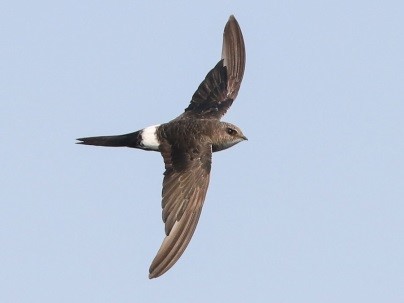
Nectarinivore, the pollinators
These birds get their food from flowers and nectary glands of plants. They like to perch on the flowers, tuck their head in and get all the nectars until they’re full or bored. Some of the birds love to stay in one flower, but some others love to jump and stop on many flowers. The plants, including coffee, get a lot of benefit from these birds, the pollen will stick to the birds feathers and when they flap or stop at the flower again the pollen will fall and fertilize the female stigma. The fertilization occurred and the plant will develop seeds and also fruits! Yummy!! The birds that are included in this “job” are Olive-backed sunbird (Nectarinia jugularis ornatus) and Spiderhunters (Arachnotera spp.)
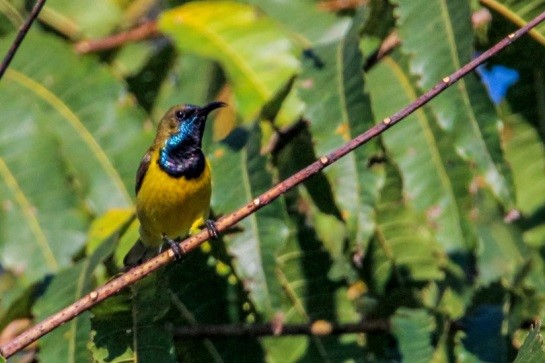
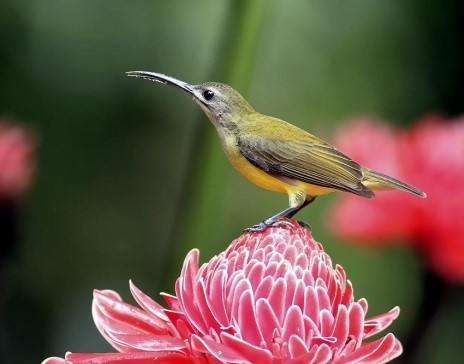
Insectivore, the guardians
You know what they do from the name above. Yes, they eat insects! They are very useful and important for the farmers in Cipaganti village. The birds will hunt and prey on pests that can cause diseases, physical damage, or production problems. They often observed flying low and capturing insects or jumping between branches to catch the prey. If these birds population went down or even extinct in the wild, the farmer will face a lot of trouble. There are Eurasian tree sparrow (Passer montanus), Ashy tailorbirds (Orthotomus ruficeps), Golden-headed cisticola (Cisticola exilis), Javan fulvetta (Alcippe pyrrhoptera), Long-tailed shrike (Lanius schach), Sooty-headed bulbul (Pycnonotus aurigaster), Yellow-vented bulbul (Pycnonotus goiavier), Common iora (Aegithina tiphia), Rusty-breasted cuckoos (Cacomantis sepulcralis), Plaintive cuckoos (Cacomantis merulinus), Fulvous-breasted woodpecker (Dendrocopos macei), and Cave swiflet (Collocalia linchii) in this group.
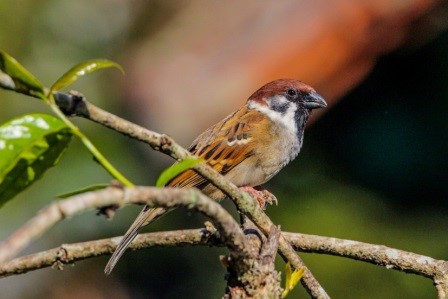
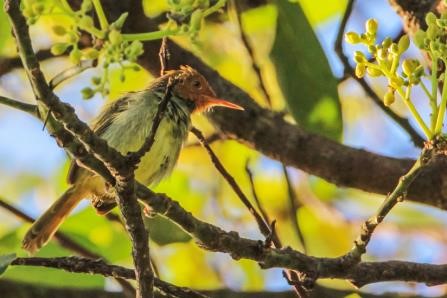
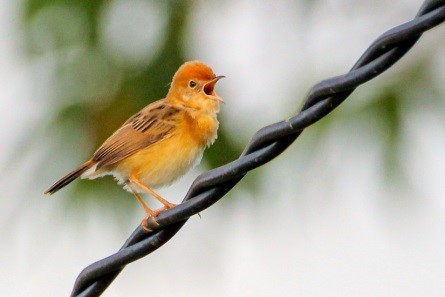
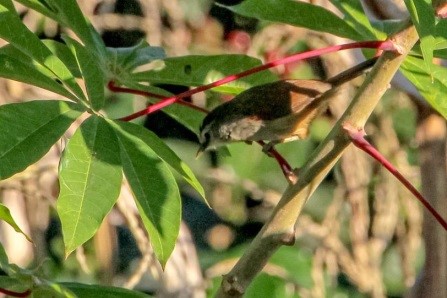
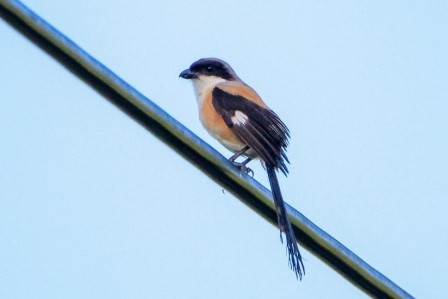
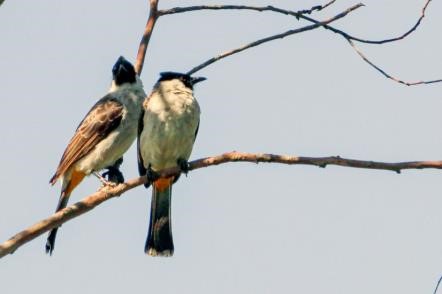
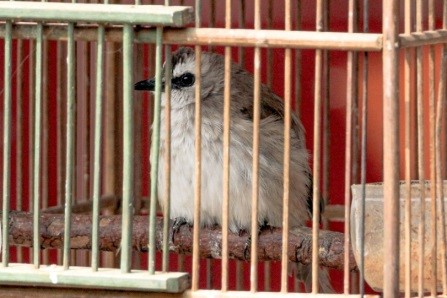
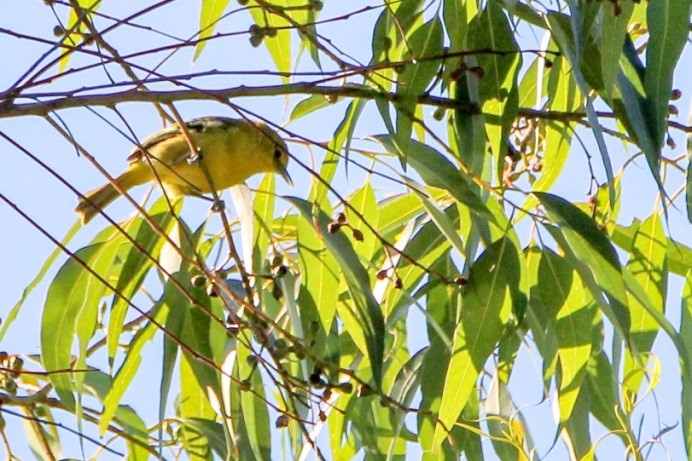
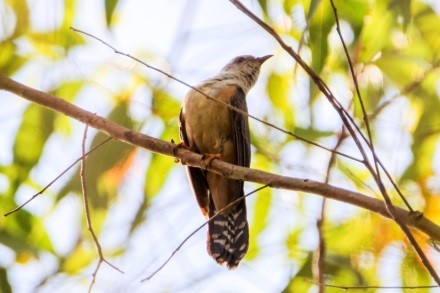
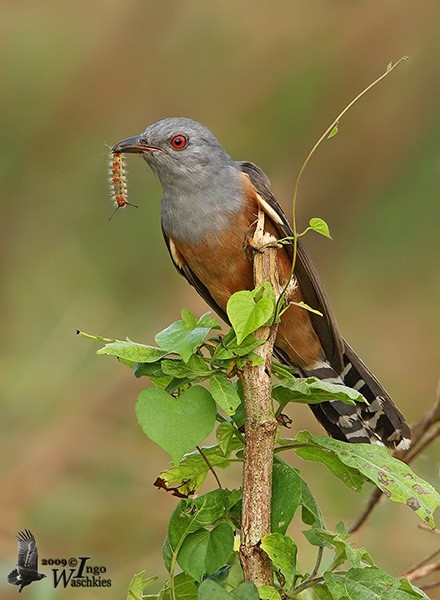
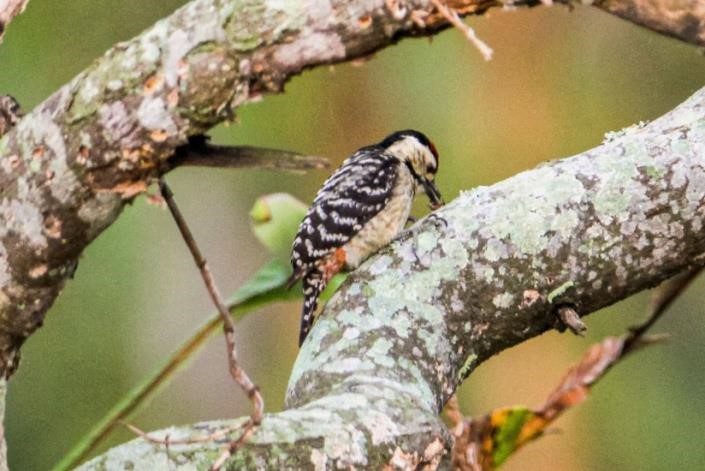
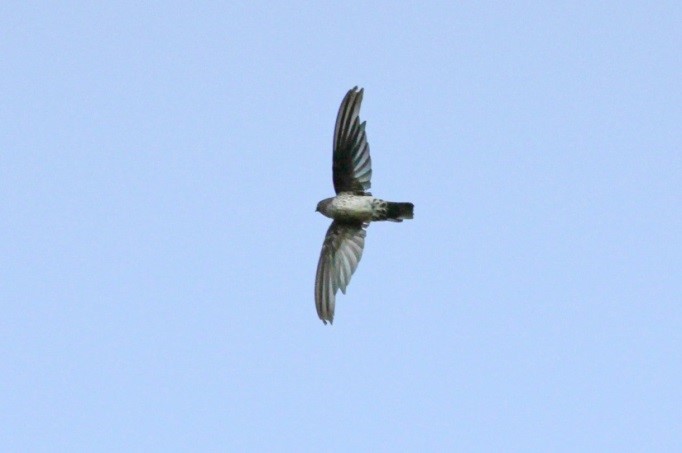
Frugivores and Graminivore, the dispersers
Frugivore means fruit eater and graminivore means seed eater. When the birds eat the fruits or seeds while jumping between trees or take it to a safe place, they may drop some seeds on the way. The seeds then may grow and become a new plant that will regenerate the forest vegetation which supports the lives of human, lorises, and other organisms. There are no birds in Cipaganti that eat coffee fruits or beans, so they mainly contribute for the vegetation around the plantation. The birds from this category are Coppersmith barbet (Megalaima haemacephala), Spotted dove (Streptopelia chinensis), Scarlett-headed flowerpecker (Dicaeum trochileum), and Javan munia (Lonchura punctulata). Well some of them like Javan munia can be considered as pests for rice farmers (if they get overpopulated or super starving).
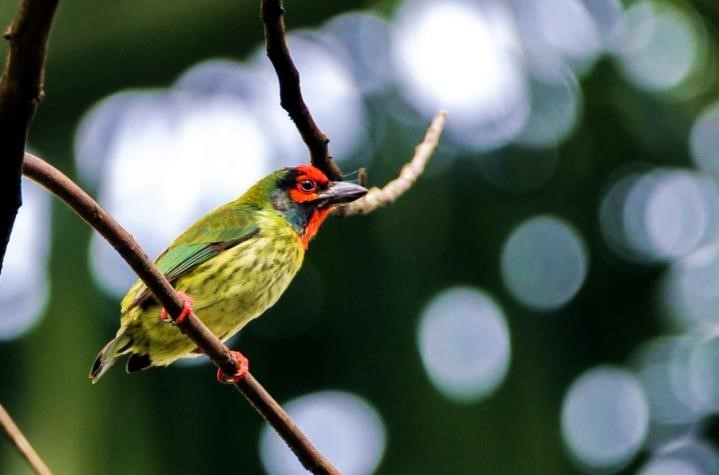
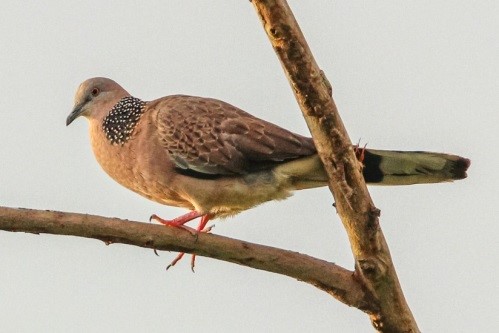
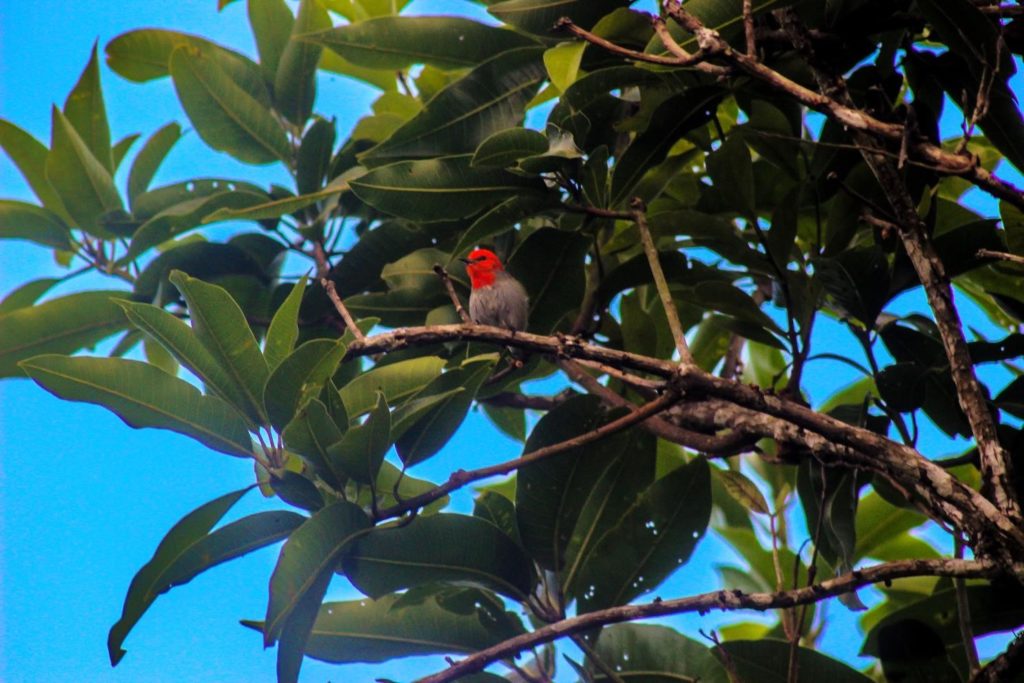
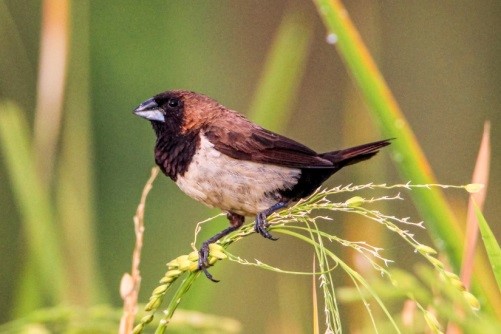
Carnivores, the meat eaters
The carnivore birds have a role to keep the balance of the higher trophic in the food chain. In the natural state, the kingfisher birds eat fishes in the lake or river streams. Due to the degradation of the river in Cipaganti village which caused the native river fishes to extinct, these birds then converted their diet to other animals such as small reptiles, mammals, even villager’s fish in the pond. By converting their diet to terrestrial animal they started to play in the coffee field food chain altough not affecting the plant directly. They’re frequently seen flying and calling around the coffee fields to hunt and like to perch on the nearby tree such as Eucalyptus spp. These birds are very rare in other places of West Java, making Cipaganti one of their sanctuary. The birds that included in this category are Javan kingfisher (Halcyon cyanoventris), Meninting kingfisher (Alcedo meninting), and White-collared kingfisher (Todiramphus chloris).
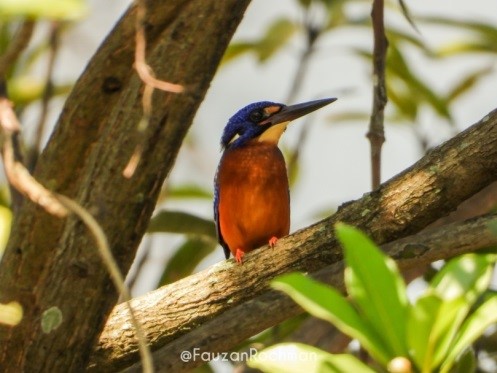
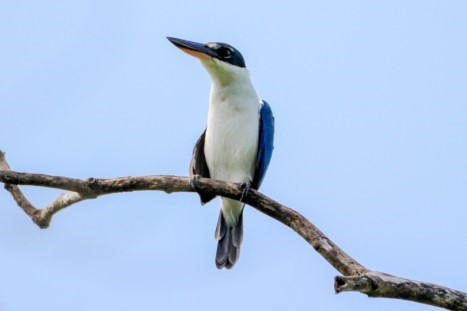
And.. the bypassers
They are just not interested to do anything in the coffee fields, but they still fly on it. These birds are spotted around village and rice fields. They are Pacific swallow (Hirundo tahitica), Pacific swift (Apus pacificus), and Javan pond heron (Ardeola speciosa). The pacific swallow and pacific swift are insectivores and the Javan pond heron is carnivore by eating on fishes and eels.
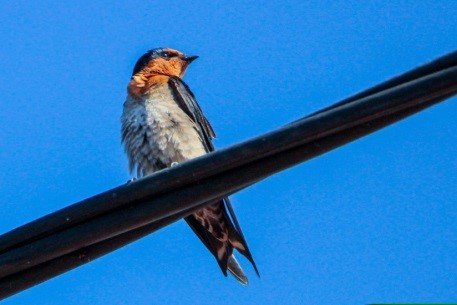
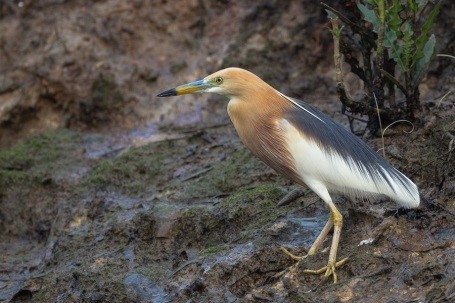
Conclusion
Well that’s the short description of the birds in and around the Cipaganti village coffee plantation. Most photos are my photographs during the observation with Mr. Abdurahman. He is one of my greatest teacher on birdwatching and life lesson. You should visit him and ask for birds! I think this is my last post during my volunteership, I hope my stay and writings can inspire you all about biodiversity and venture deep to our forest that full of life. Thank you. Andika Darmawan, Future Biologist.
Rumblat, W., Mardiastuti, A., Mulyani, Y. A. (2016). Feeding Guilds of Bird Community in DKI Jakarta. Media Konservasi, 21(1): 58-64.
Picture sources:
Adult plaintive cuckoo
https://ebird.org/species/placuc1
Adult Arachnotera longirostra
https://ebird.org/species/litspi1
Adult Arachnotera robusta
https://birdsoftheworld.org/bow/species/lobspi1/cur/introduction
Adult female Scarlett-headed flowerpecker
https://ebird.org/species/schflo1
Pacific swift
https://ebird.org/species/fotswi
Javan pond heron
https://ebird.org/species/japher1
Meninting Kingfisher
KPB “Megalaima” ITB Bird collection
